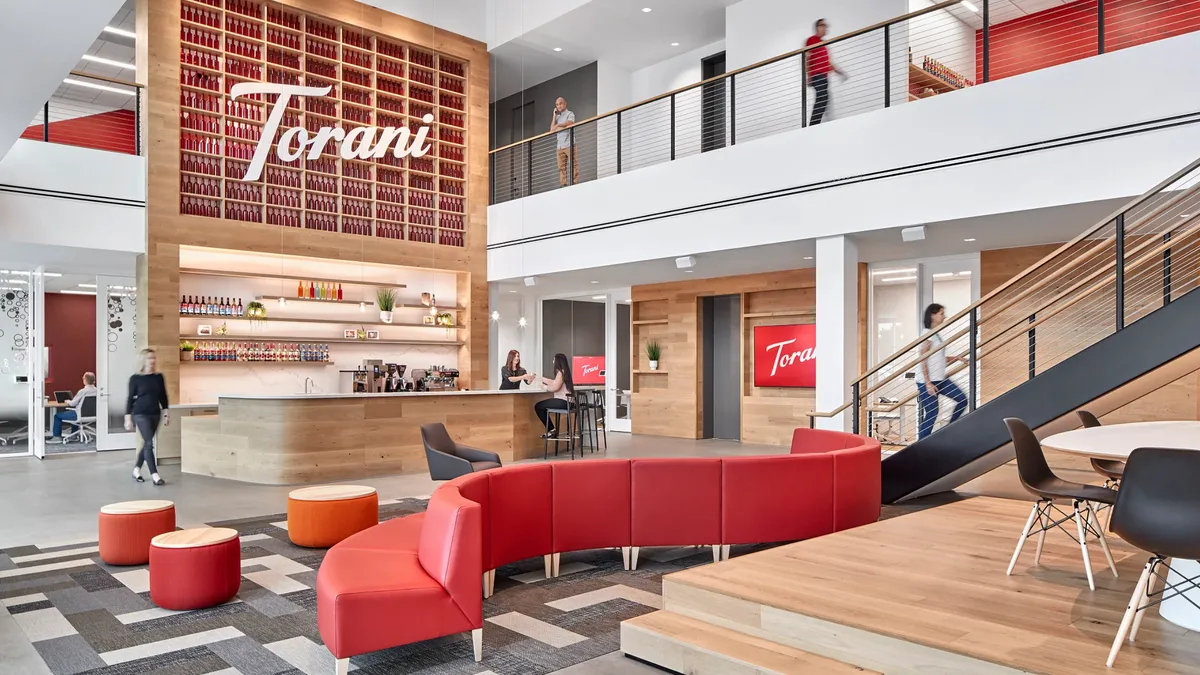Quiet quitting, the great resignation, hush trips — the neologisms in the HR and people management world can evolve as fast as TikTok trends. In fact, some of these catchphrases proliferated and permeated the mainstream through TikTok.
While a lot of these terms became popular due to the COVID-19 pandemic and lockdown, some of them predated remote work — including “remote work.”
But for a lot of white-collar workers, the privilege and burden of being at home completely transformed their idea of work-life balance.
Here is a nonexhaustive guide to the pandemic-era labor buzzwords that have become commonplace since lockdown.
Artificial Intelligence (AI) — Living a digital-first society and workplace has put artificial intelligence front and center. Tech companies took the opportunity to call attention to everyday software functions, because “AI” finally had the glitter and shine of new tech. Think autocorrect and predictive text, for example.
Thanks to the pandemic, generative AI conversations became commonplace outside Silicon Valley.
Asynchronous work — The term refers to workflow that can be done at any time, which allows for more flexibility across the board. Flexibility became a buzzy word because working from home — and being asked to come back to the office — allowed people to realize that even minor time flexibility can go a long way.
Emotional labor — Often called “invisible labor,” the phrase refers to unpaid work of managing others’ emotions. Anecdotal and quantitative evidence showed that people of color and women preferred working from home because they didn’t have to experience as many microaggressions. With remote work, women in particular could take a break from performing the emotional labor demanded subtly at the office. See also: weaponized incompetence.
Four-day workweek — Four-day workweeks and studies on them existed before the pandemic. But again, the awakened desire for flexibility changed everything. Just like with telework, people started exploring older, niche ways of working to help retrofit their future.
“Flexibility” is another F-word that has been on the tip of everyone’s tongue, especially since labor analysts have said over and over that it’s a top retention factor for employees. And that’s a big deal in light of…
The great resignation — This term describes a mass exodus of employees from their jobs that hit a fever pitch in 2022. These were voluntary resignations across various industries and sectors that signaled a turning point in the employee-employer tug-of-war.
Hush trips — Possibly a product of PTO guilt, employees have been realizing their bosses’ worst nightmares and taking secret trips or sabbaticals during work hours. It may be a double-edged sword, creating a false sense of rest and enjoyment for workers.
Hybrid work — Workers are obsessed with hybrid work; there’s no denying it. Many labor experts have condemned an all-or-nothing approach to talent strategy, especially in this unpredictable and volatile work landscape. See also: RTO.
Quiet quitting — This describes a situation where an employee is still technically employed, but reduces their effort and commitment to their job. Some people, largely managers, see it as workers “doing the bare minimum.” Others, such as those who subscribe to “corporate villain” ideology, believe that there’s nothing evil at all about doing exactly the work for which they are compensated.
Quiet firing — Seen as the opposite or antidote to “quiet quitting,” it's a strategy where managers gradually phase out a worker’s role without officially firing them.
This looks like reducing an employee's workload, removing them from important projects, or even providing minimal feedback or support.
Quiet vacationing — Similar to “hush tripping,” quiet vacationing happens when workers take short, frequent vacations or mental health days without letting their bosses know.
Rage-applying — Fueled by frustration and desperation, workers rage-apply to jobs when they send out multiple applications in quick succession. HR may not think that this has anything to do with them, especially because rage-applying can be a waste of a worker’s time; often, rage-applying involves applying to jobs without tailoring the application to the role.
Except then HR or recruiters may be the ones who have to sift through those rage applications.
RTO — Forget a four-letter word: This three-letter acronym — representing a “return to the office” — has been the source of endless emotional turmoil, experienced by managers, workers and commercial real estate developers alike. See: hybrid work.
WFH — The term “telework” has been around forever, especially in government circles. In the social media era, it has been rebranded as “work from home.” In an almost meta fashion, companies have capitalized on the term: furniture companies hawked “WFH set-ups,” and clothing companies prioritized loungewear to those desperate for cute “WFH outfits.” Par for the course for the corporate America echo chamber.
Windowed work — Windowed work is a model that centers a “window” of time — or “core hours” — where employees need to clock in and do their work. The start and finish times are up to them. It’s the ultimate pandemic-era invention. Power rests in the hands of employees, who can work asynchronously. It’s part mandate to return to “business as usual,” while making good on the promise of flexibility. See also: asynchronous work.






















